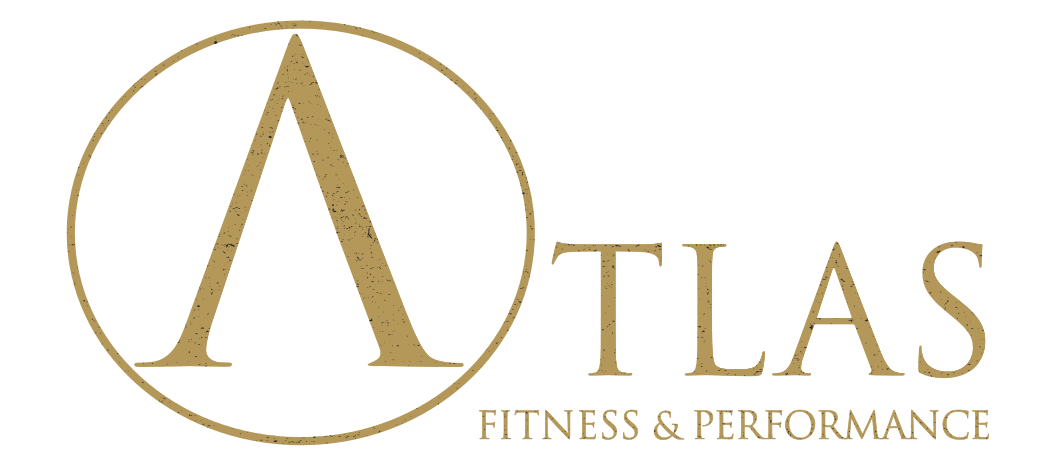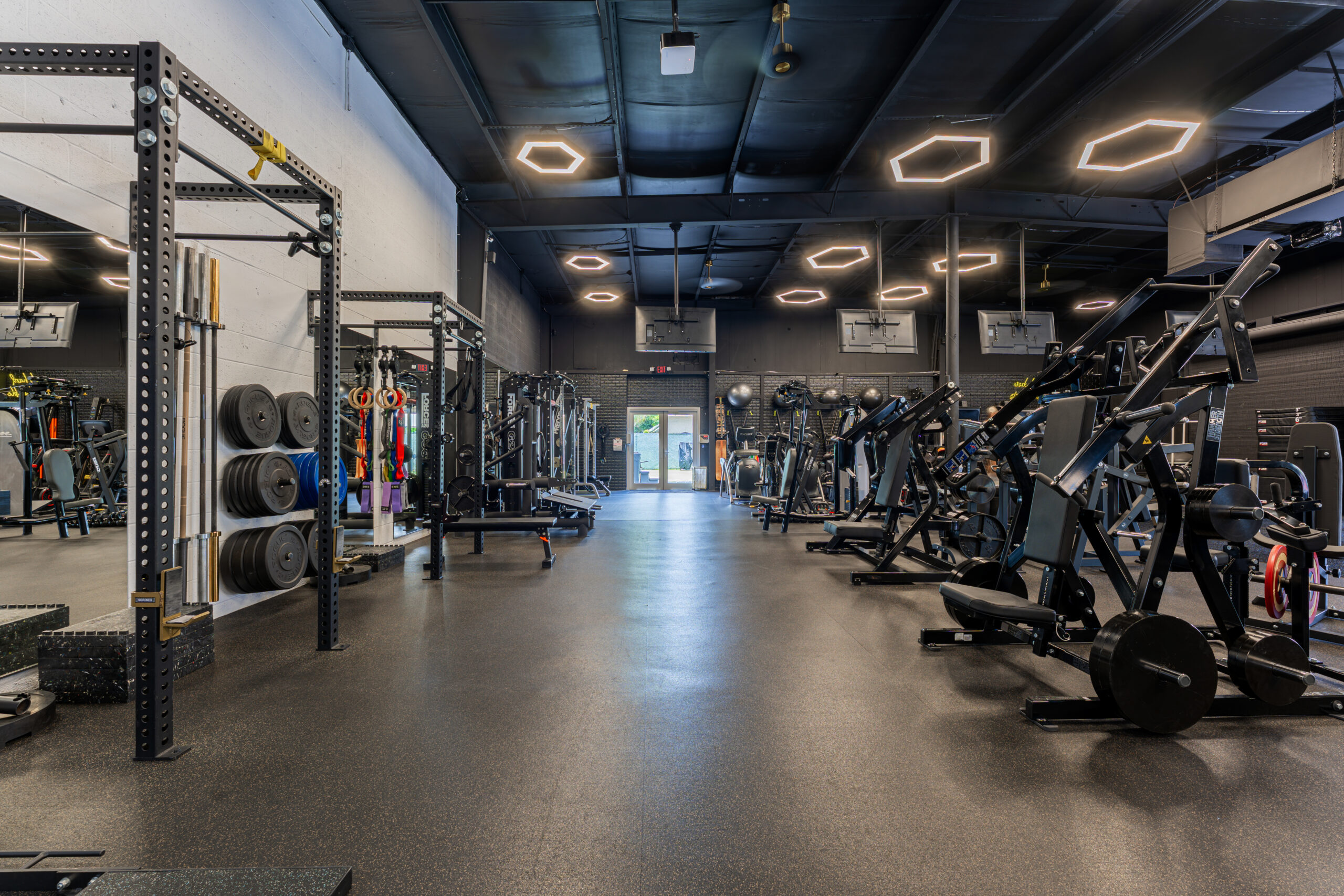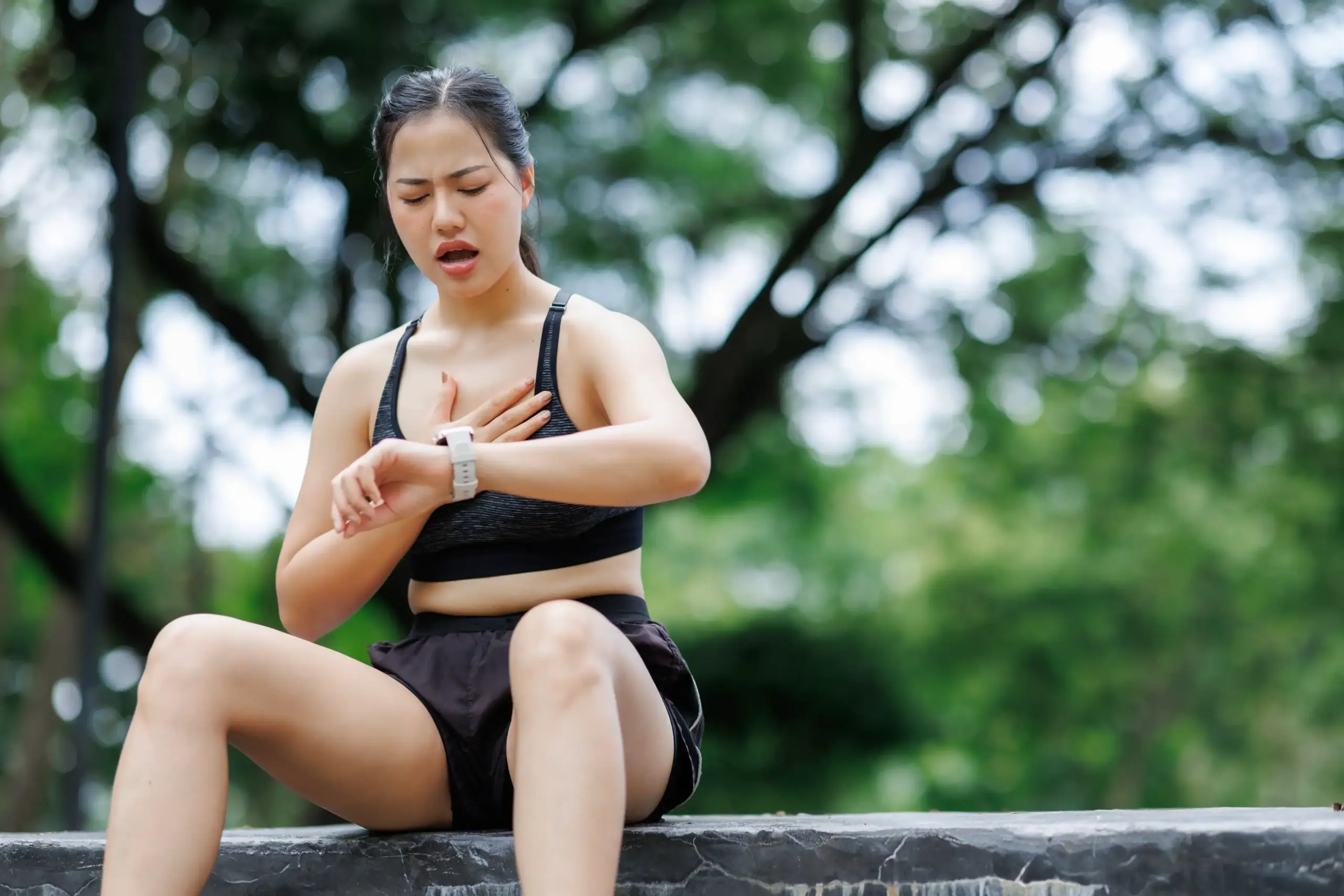Introduction
The legs serve as the foundation of our body’s movement and play a crucial role in maintaining our overall physical health. Whether you’re an athlete, a fitness enthusiast, or simply looking to stay active, understanding how to effectively activate your leg muscles is essential for maximizing performance, preventing injuries, and achieving your fitness goals. This article delves into the importance of leg muscle activation, providing a comprehensive guide on how to prime your legs for exercise.
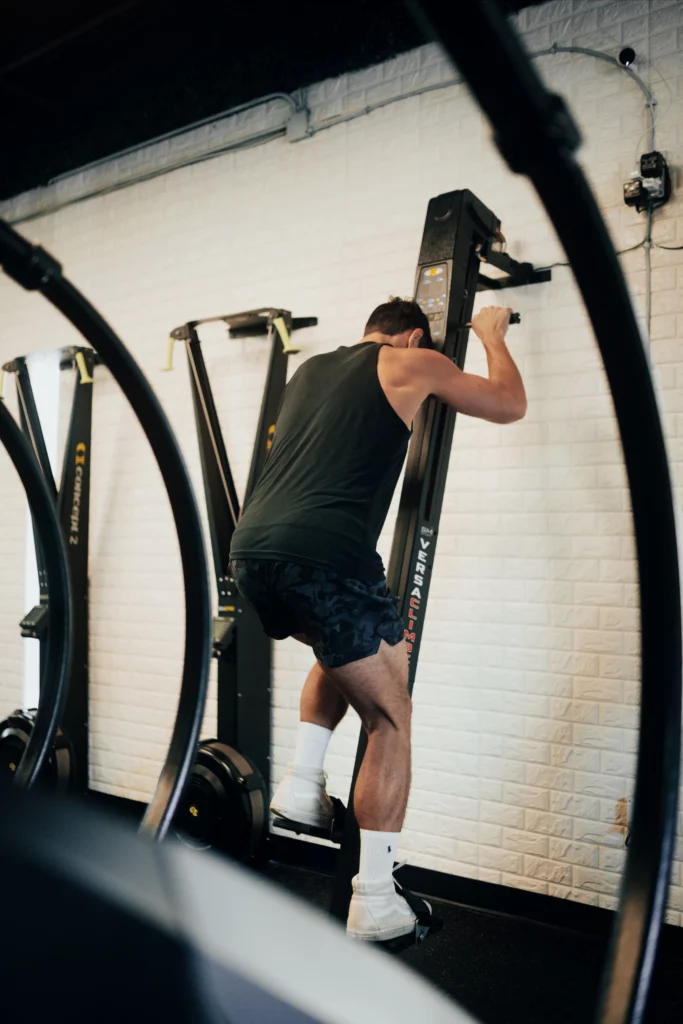
Why Leg Muscle Activation Matters
Leg muscle activation involves waking up and engaging the muscles before engaging in more intense physical activities. Proper activation ensures that the muscles are adequately prepared to generate force, stabilize joints, and support the demands of various exercises. Activating your leg muscles also enhances blood flow, oxygen delivery, and nutrient supply, which contribute to optimal muscle function.
Key Leg Muscles and Their Functions
1. Quadriceps (Front Thigh Muscles): Responsible for extending the knee and supporting movements like squats, lunges, and jumping.
2. Hamstrings (Back Thigh Muscles): Essential for knee flexion and hip extension, aiding in movements like running, deadlifts, and bending at the hips.
3. Glutes (Buttocks Muscles): Comprising the gluteus maximus, medius, and minimus, these muscles are vital for hip extension, abduction, and rotation, crucial for movements like hip thrusts, squats, and lateral leg raises.
4. Calves: The gastrocnemius and soleus muscles work together for ankle plantar flexion, which is fundamental for activities such as walking, running, and jumping.
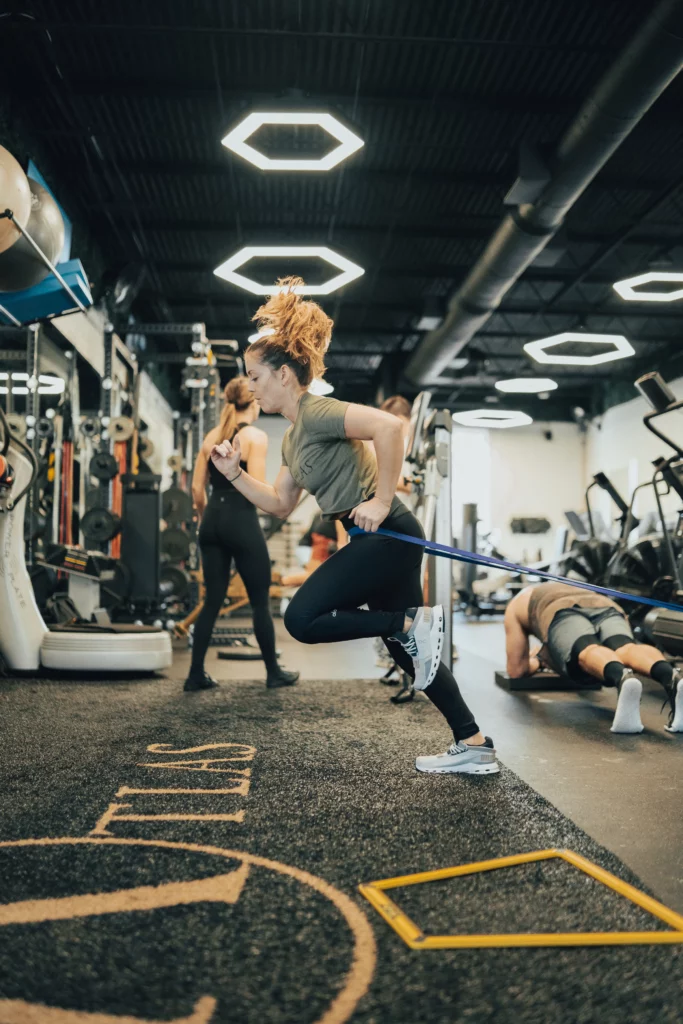
Priming Techniques for Leg Muscle Activation
1. Dynamic Warm-Up: Start your leg priming routine with dynamic movements such as leg swings, leg circles, high knees, and butt kicks. These activities increase blood flow, enhance joint mobility, and stimulate muscle fibers.
2. Foam Rolling: Use a foam roller to release tension in muscles like the quadriceps, hamstrings, and calves. Foam rolling improves tissue quality, allowing for better muscle activation.
3. Activation Exercises: Engage in specific exercises to activate targeted muscles. Squats, lunges, leg lifts, and clamshells are excellent choices for priming the legs.
4. Balancing Exercises: Incorporate balance-centric activities like single-leg stances, lateral leg raises, and yoga poses to enhance proprioception and activate stabilizing muscles.
5. Resistance Band Work: Utilize resistance bands for exercises like lateral band walks, which engage the glutes and activate lateral leg muscles.
6. Plyometric Movements: Light plyometric exercises like quick, controlled jumps can help activate leg muscles and improve their explosive power.
7. Mind-Muscle Connection: As you perform each movement, focus on the muscles you’re engaging. This mental connection can amplify muscle activation.

Balance Exercises
Incorporating balance exercises into your leg priming routine can be a great way to enhance muscle activation, improve joint stability, and further prepare your legs for exercise. Balancing exercises challenge your proprioception (awareness of your body’s position in space) and engage smaller stabilizing muscles that might not be targeted by traditional warm-up movements. Here are some balance exercises you can include in your leg priming routine:
1. Single-Leg Stance: Stand on one leg while keeping your core engaged and shoulders relaxed. Hold this position for 20-30 seconds, then switch to the other leg. You can make it more challenging by closing your eyes or performing small knee bends while maintaining balance.
2. Balancing Toe Touches: Stand on one leg and slowly hinge at your hips to reach your opposite hand toward your foot. Keep your back straight and your standing leg slightly bent. Return to the starting position and repeat on the other side.
3. Lateral Leg Raises with Balance: Stand on one leg and lift the opposite leg out to the side, keeping your toes pointing forward. Maintain your balance while performing leg raises. You can also add a small hop to the side for an extra challenge.
4. Balancing Lunges: Perform forward or reverse lunges while balancing on one leg. Focus on stability and control during the entire movement. Alternate legs for each lunge.
5. Yoga Tree Pose: Stand on one leg and place the sole of your opposite foot against your inner thigh, with your knee pointing out to the side. Find your balance and place your hands in a prayer position in front of your chest.
6. Warrior III Pose: From a standing position, hinge forward at your hips while lifting one leg straight behind you. Your body should form a T shape. Reach your arms forward for balance.
7. Bosu Ball Exercises: If you have access to a Bosu ball (a half-ball stability trainer), you can perform exercises like squats, lunges, or calf raises on the rounded side to challenge your balance.
Remember, balance exercises can be challenging, so start with easier variations and progress to more difficult ones as you become more comfortable. Always prioritize safety and avoid pushing yourself too hard, especially during the warm-up phase.
Creating a Balanced Routine
A balanced leg muscle activation routine should gradually increase in intensity. Begin with dynamic movements to elevate your heart rate and increase blood flow. Progress to foam rolling and activation exercises to target specific muscles. Incorporate balance and resistance band work for stability and engagement. Finish with a few plyometric movements to stimulate fast-twitch muscle fibers.
